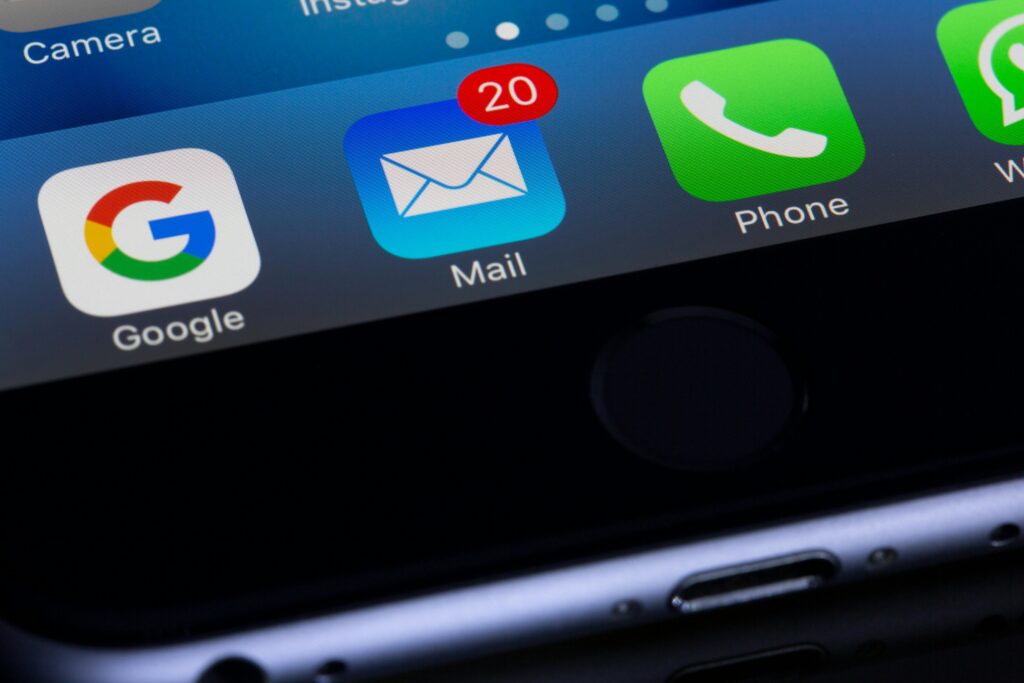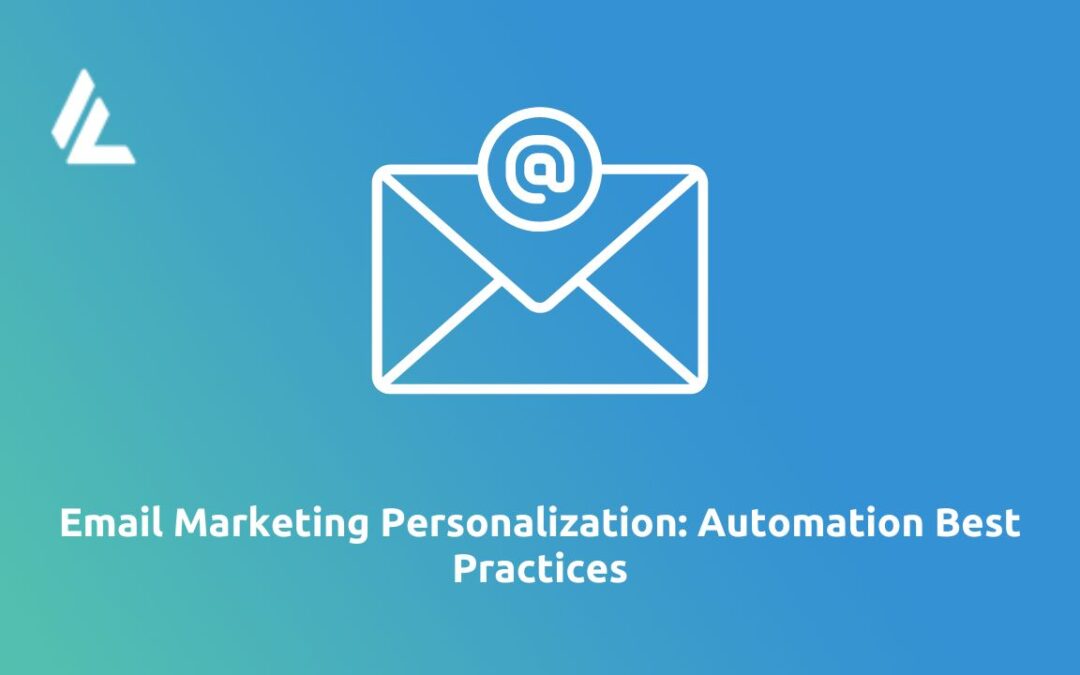Table of Contents
In the ever-changing world of digital marketing, email marketing is still a tried-and-true method for companies looking to connect with their target market. However, relying solely on attention-grabbing subject lines is insufficient to capture attention in the deluge of commercial emails that are flooding inboxes. This is where personalization in email marketing becomes a game-changing strategy. Businesses can cut through the noise and establish deep connections by tailoring email content to each recipient’s specific tastes and behavior.
In this guide, we delve deep into the nuances of email marketing personalization, revealing its nuances and exposing best practices for automation intended to improve engagement levels and expedite procedures. Marketers may design customized experiences that connect with recipients personally by using segmentation, dynamic content, behavior-based triggers, and personalized suggestions. Businesses can confidently traverse the always-changing world of digital marketing by iteratively improving plans based on feedback and data insights. This will ensure that their email campaigns stand out among the noise and produce measurable results.
Understanding Email Marketing Personalization
Email marketing personalization has become indispensable for businesses seeking to forge genuine connections with their audience amidst the deluge of digital content. Through the utilization of automation tools and best practices, email marketers may customize their efforts to more deeply connect with specific receivers. By precisely targeting material based on demographic information, previous interactions, and purchase activity, segmentation makes it possible to tailor each communication to the interests and preferences of the recipient.
By sending timely and relevant communications that are tailored to the recipient’s journey, dynamic content and behavior-based triggers further improve personalization. Furthermore, constant iteration and feedback allow marketers to improve their methods, guaranteeing that their email marketing campaigns continue to be successful and influential in a constantly changing digital environment. By using an iterative process, email campaigns can adapt to changing customer preferences and technology developments, staying relevant and encouraging long-term engagement.
The Importance of Email Marketing Personalization
Enhanced Engagement:
Research indicates that when compared to generic broadcasts, personalized emails had greater open and click-through rates. Recipients are more inclined to interact with content if they believe it is catered to their needs and interests.
Improved Conversions:
Email marketing personalization may increase sales and drive conversions by sending relevant information. Personalized emails are an excellent way to encourage consumers to make a purchase, whether they are offering product recommendations based on previous purchases or customizing offers to particular market segments.
Building Customer Loyalty:
Email marketing personalization may increase conversions and sales by providing relevant content. Personalized emails can successfully encourage recipients to purchase by suggesting products based on previous purchases or customizing offers to particular market segments.
Automation Best Practices for Email Marketing Personalization
While the concept of personalizing each email may seem daunting, automation tools empower marketers to scale their efforts efficiently. Here are some best practices to maximize the effectiveness of automated email marketing personalization:
1. Segmentation:
Segmentation lies at the heart of effective email marketing personalization. You can customize content to suit each audience segment’s specific interests and preferences by segmenting your audience into different groups according to common traits or behaviors. Demographics, buying history, involvement level, and lifecycle stage are a few examples of segmentation criteria.
Example: To provide personalized promos and recommendations, a clothes retailer may divide their audience into groups according to factors like gender, previous shopping habits, or geographic area.
2. Dynamic Content:
Email marketers can design emails with replaceable components that alter according to recipient data by using dynamic content. Dynamic content guarantees that every receiver receives a customized experience without requiring manual customization, from product recommendations to localized offers.
Check Out Our Blog On Email Marketing

3. Behavior-used Triggers:
Emails that are triggered by particular user activities or behaviors allow for pertinent and timely communication with recipients. Using behavior-based triggers to welcome new subscribers, re-engage customers, or recognize recent transactions increases the efficacy of email marketing efforts.
Example: To entice subscribers who have recently perused vacation packages on their website to plan their next trip, a travel operator can offer them a personalized itinerary and destination recommendations.
4. A/B Testing:
Split testing, also known as A/B testing, enables marketers to test various email content iterations to see which ones connect most with their target demographic. Email campaigns can be continuously improved and optimized using data by testing various aspects, such as subject lines, call-to-action buttons, images, and copy.
Example: An illustration of this would be a software corporation testing two different versions of a promotional email, one emphasizing the features of the product and the other cost savings. Through the examination of open and click-through rates, businesses may ascertain which strategy yields superior outcomes and adjust their upcoming advertisements appropriately.
5. Personalized Recommendations:
By utilizing recommendation algorithms, marketers can provide customized product recommendations based on the tastes and past purchases of each receiver. Predictive analytics or collaborative filtering—whichever comes first—personalized recommendations improve the email content and raise conversion rates.
Example: As an illustration, a streaming service may suggest films or TV series that are comparable to what the user has already seen to encourage them to check out more and renew their membership.
6. Feedback and Iteration:
Continuous feedback and iteration are essential for optimizing email marketing personalization efforts. Through the examination of campaign performance indicators, consumer feedback, and iteration based on insights, marketers can enhance their tactics and provide their audience with more relevant and captivating content.
For instance, a company might ask for input via email preference centers or post-purchase questionnaires, which let customers indicate what interests them and how they would like to be contacted. Future personalization initiatives can benefit from this data, which can also improve the entire consumer experience.
Conclusion
In an era of digital overload, email marketing personalization is an effective technique for breaking through the clutter and building deep relationships with your audience. Marketers can create experiences that are personalized, resonate with recipients, and encourage engagement and conversions by utilizing automation best practices including segmentation, dynamic content, behavior-based triggers, and personalized suggestions. Remaining competitive in the email marketing industry requires embracing innovation and always improving personalization methods. This is especially true as technology continues to advance.

